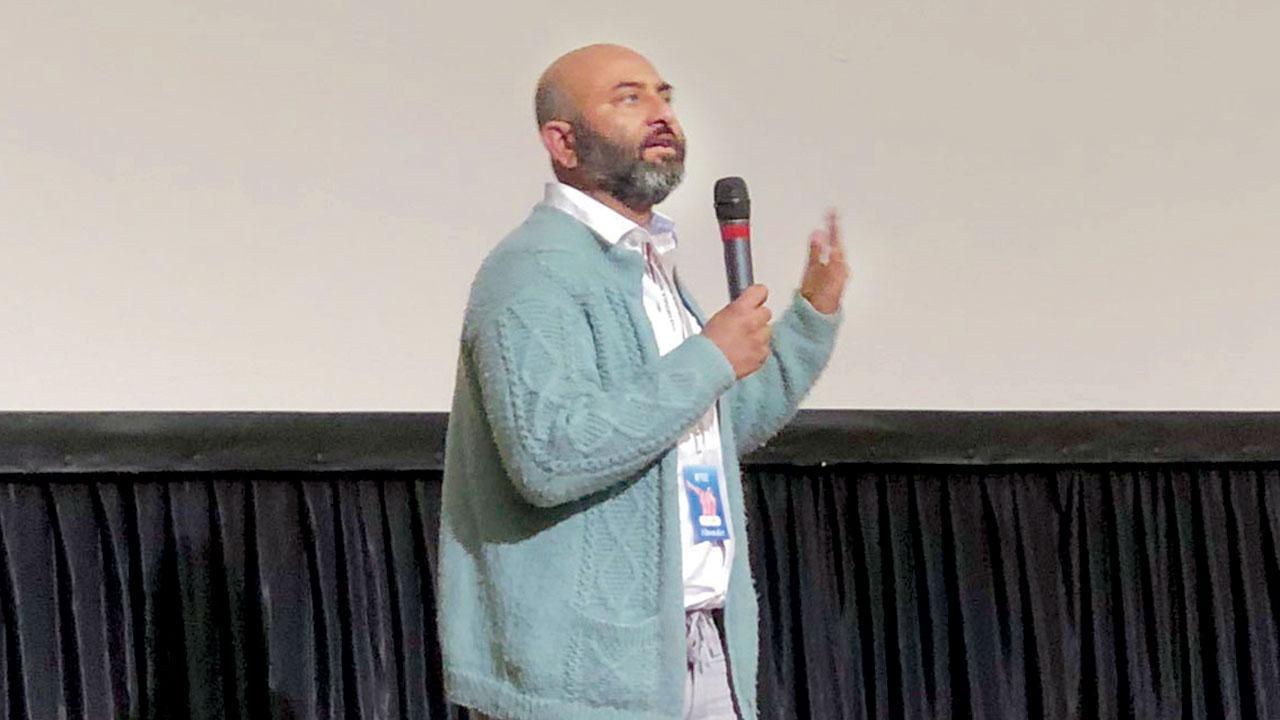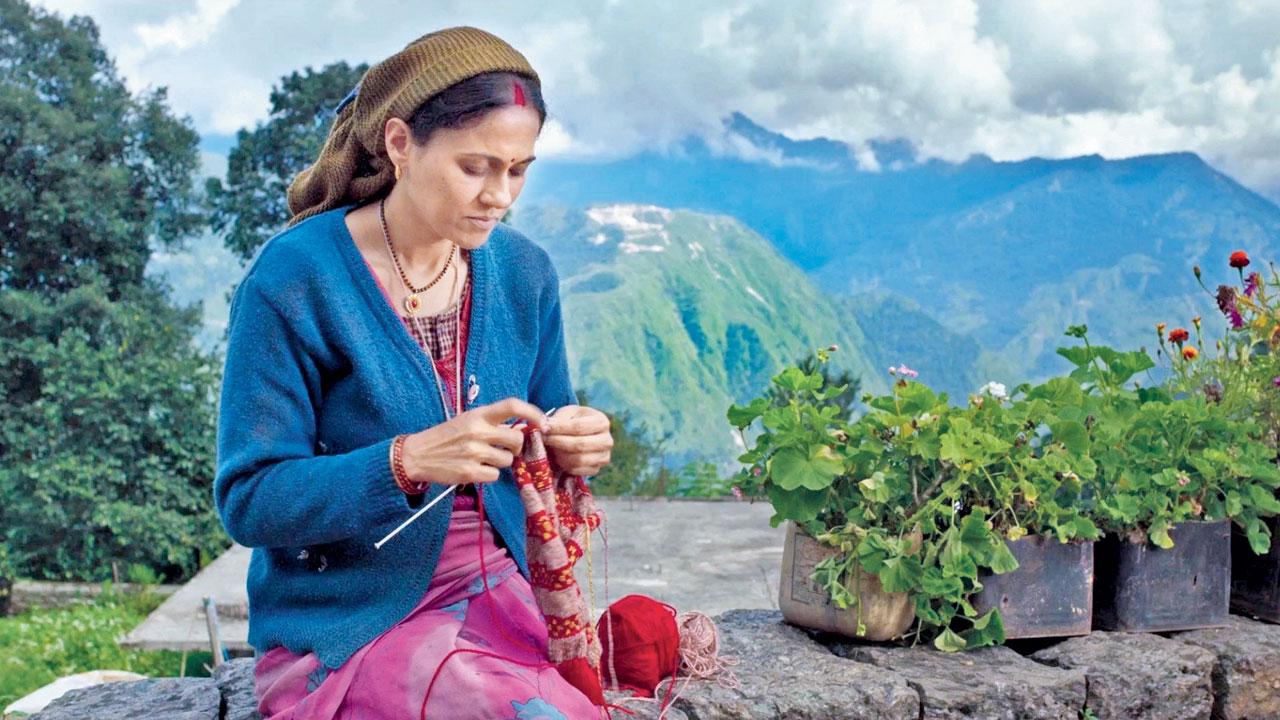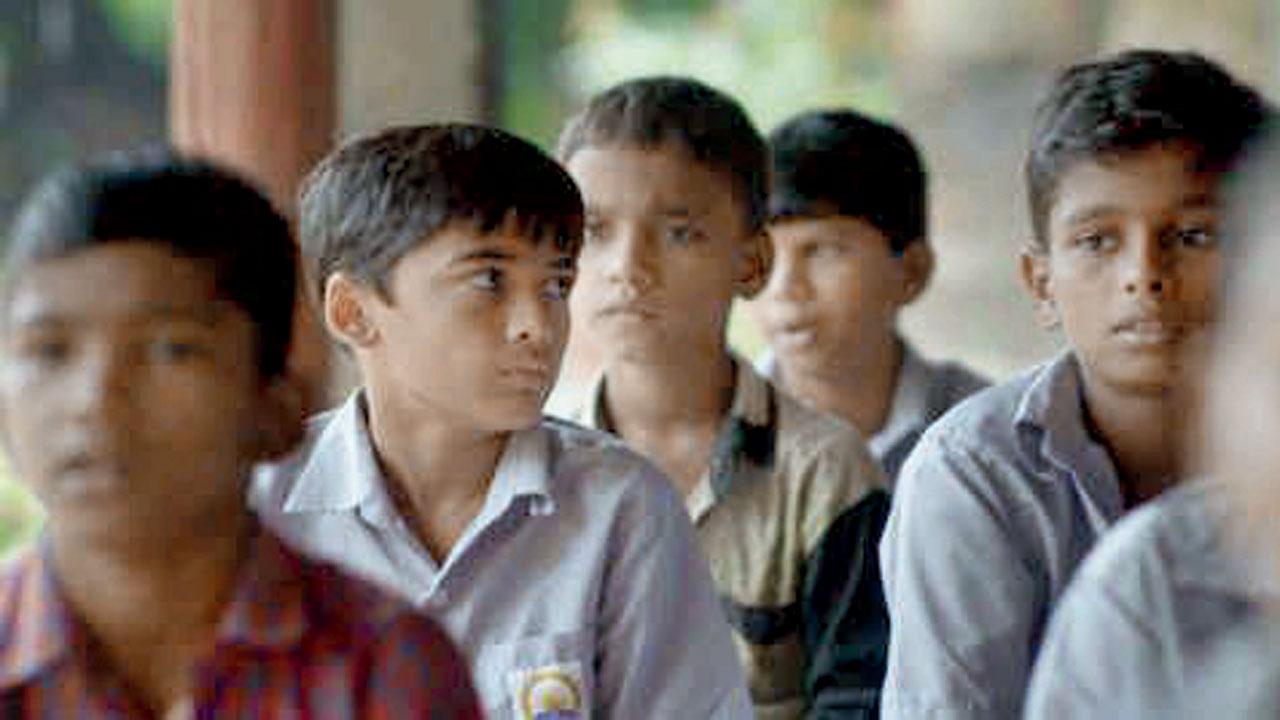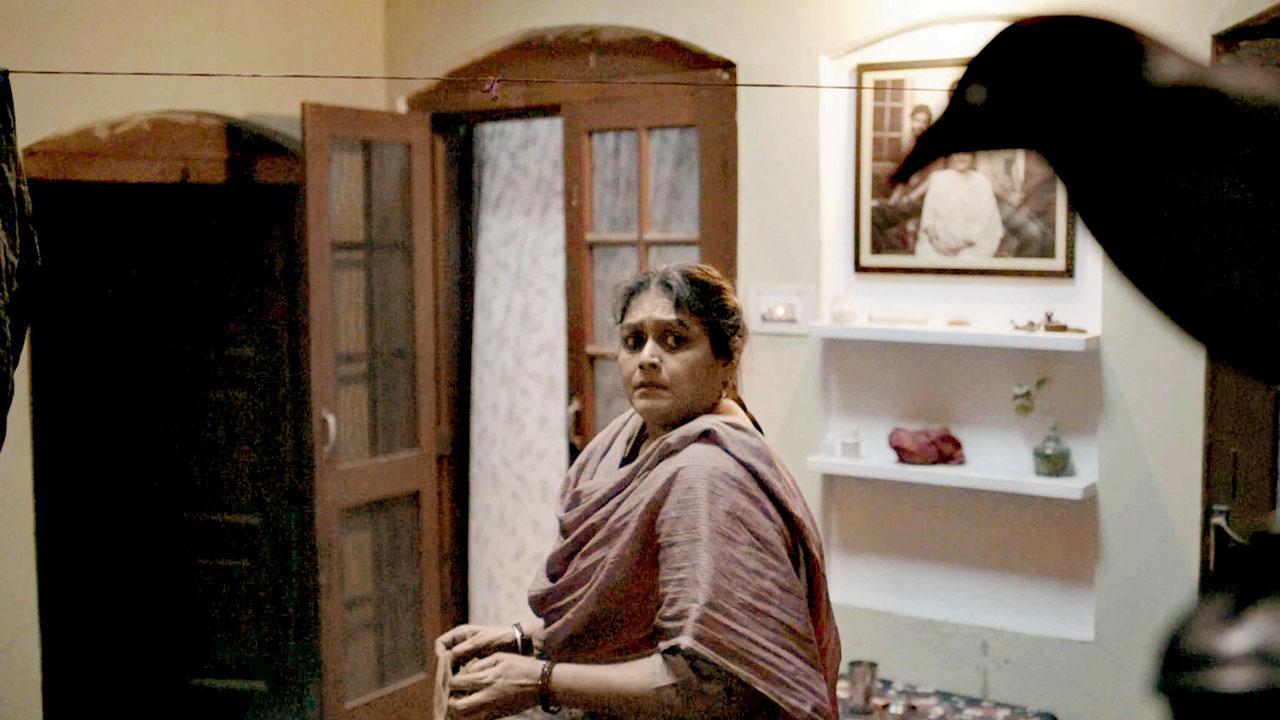Tabbar, Fire in the Mountains, Rammat Gammat—that’s why you must know Ajitpal Singh!

Filmmaker Ajitpal Singh
 There’s something actor Nawazuddin Siddiqui told me once, which has remained stuck with me since—that among all co-stars, those he fears the most are non-professional actors.
There’s something actor Nawazuddin Siddiqui told me once, which has remained stuck with me since—that among all co-stars, those he fears the most are non-professional actors.
ADVERTISEMENT
That the world itself is so perennially privy to watching regular people on screen—as they are, in a real situation, over social media; broadcasting reels, videos, photos—makes his job of capturing a lived moment, without it coming across as acting, hardest still.
I felt this observing, among other phenomenal newbies/non-professional actors, the largely expressionless, ‘pahadi’ boy Prakash (Mayank Singh) in Ajitpal Singh’s feature debut, Fire in the Mountains, that dropped on Sony LIV recently.

Stills from the feature film Fire in the Mountains
There’s a scene in particular at the orthopaedic’s clinic, where the doctor pulls out a saw, whirring right over the boy’s legs, to scare him off. You can watch his parents in the same frame, but behind a glass wall, looking on, like nothing has hit them either. Why does the doc do this?
Singh tells me, “We rearranged the set, so all reactions can be observed simultaneously. And the actual sound on a set, no matter what you add in the post-production, really makes a scene happen.”
The kid, throughout the film, feigns paralysis of his legs. He can walk perfectly fine. What kinda boy would do that? Well, you take a look at another poor, footballer kid, in Singh’s short film, Rammat Gammat (on YouTube): “Wouldn’t he do the same to avoid school,” the director asks me, and I figure how he’s beautifully transposed the same character into two of his films.

Short Rammat Gammat
Like Rammat Gammat (My Best Friend’s Shoes), Fire in the Mountains is set in a village (Gujarat, with the former; Uttarakhand, latter)—uniquely capturing beats of rural life, as opposed to urban, in a way that only someone who’s sufficiently experienced both “can illuminate such truths.” Until 16, Singh, who’s, I guess, in his late 40s, had primarily grown up in a village in Punjab, and then Gujarat.
Struck by both his works, I looked out for his other short films, since I’m told he’s made plenty. I watched Humming Bird, and Loop, on private links. He hasn’t shared them online, because he thinks “they’re not great.” Well, they do broadly draw you in with gorgeous nature as a backdrop, first, and hold your interest until the final frame still.
He made them to travel to film festivals with— unwittingly “mimicking the masters”; the sorts of Nuri Bilge Ceylan (for Humming Bird), to Kim Ki-duk (Loop).
Those directors were reflecting on their own experiences. Only, he figured, he was “dealing with emotions that were mellow, and conflicts that were smaller.” The word is artsy, that the disinclined rubbish as pseudo, perhaps?
 Series Tabbar. Pics/Twitter
Series Tabbar. Pics/Twitter
Whereas, his own life, Singh says, has been way more dramatic: “Why shy away from melodrama!” It’s when those shorts didn’t go far, or anywhere at all, that he gave up on his
‘festival-filmmaking’ ambitions.
With nothing to prove, he set out to make Rammat Gammat, that’s closer to him—having been through much discrimination as a sardar kid, in a post ’84 Gujarat himself. You can also sense glorious glimpses of Francois Truffaut’s The 400 Blows (1959) in it.
That’s the film, at a screening in Alliance Francaise, Ahmedabad, that first exposed Singh to the sort of cinema he’d wanna watch/make—having been an avid reader, otherwise.
Internet/Torrent downloads helped widen his filmic palette. Singh was a chemistry graduate from a fairly modest economic background. The first screenplay he wrote got accepted at the Sundance Script Lab. He moved to Mumbai in 2013. Fire in the Mountains finally got made in 2021—competing at the World Cinema section at the Sundance film festival.
For independent filmmakers, fishing in festival waters makes sense to achieve local acceptance still. In a sense, Sundance acclaim subsequently got Singh to direct Tabbar (2021, Sony LIV), his web-series debut, that’s surely among the most admired Indian shows ever. Foremost, you notice its strong, sorted story-telling.
It’s a top-notch, slowly simmering thriller, set in Punjab, that Singh was given a 450-page screenplay for, that he pared down by 150 pages. The attention to detail shows. “Else, we were just going to ‘chhaapo’ [going from plot-point, to plot-point],” Singh tells me.
What’s common to Rammat Gammat (short), Fire in the Mountains (feature), Tabbar (series)? Well, all stories are about relationships. But these deal with family at the centre, in ways, that they so believably exist. Singh’s main talent lies in marvellously marinating in the morally grey.
No, you never judge—certainly not mothers, who sleep with power, to get by. You’re drawn deeper instead into the lives of others, who you’ve observed from a distance, at best. Maybe, on a Himalayan travel/trek—like owners of the sasta guest-house, off Nainital, without a road, in Fire in the Mountains. They come alive, as if you know them so well now.
As for placing supposed non-actors, Singh says, the trick is to pair parts with people, in life, who’re already like their written roles! Takes time. Singh shot Fire in the Mountains in 28 days. He spent four months casting for it!
Given his resume, I’d always wanna know what he’s up to next. It’s a mini-series, set in Bombay, zeroing-in on urban class wars, he says.
Can’t wait.
Mayank Shekhar attempts to make sense of mass culture. He tweets @mayankw14
Send your feedback to mailbag@mid-day.com
The views expressed in this column are the individual’s and don’t represent those of the paper.
 Subscribe today by clicking the link and stay updated with the latest news!" Click here!
Subscribe today by clicking the link and stay updated with the latest news!" Click here!







